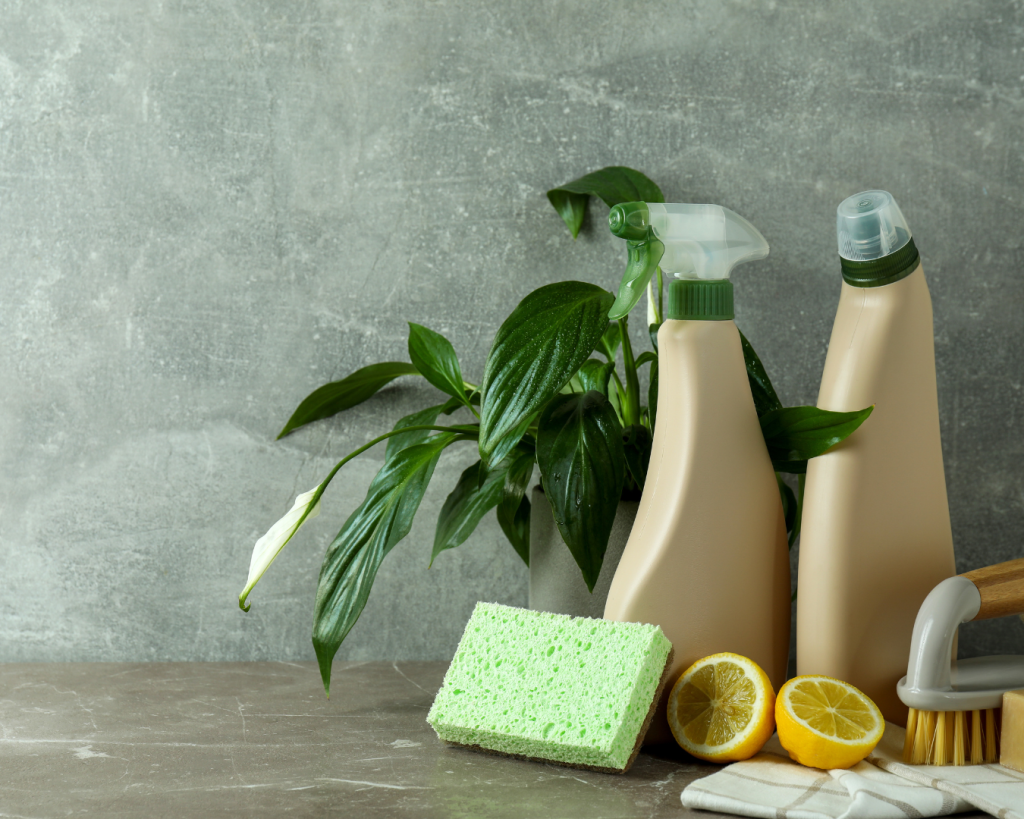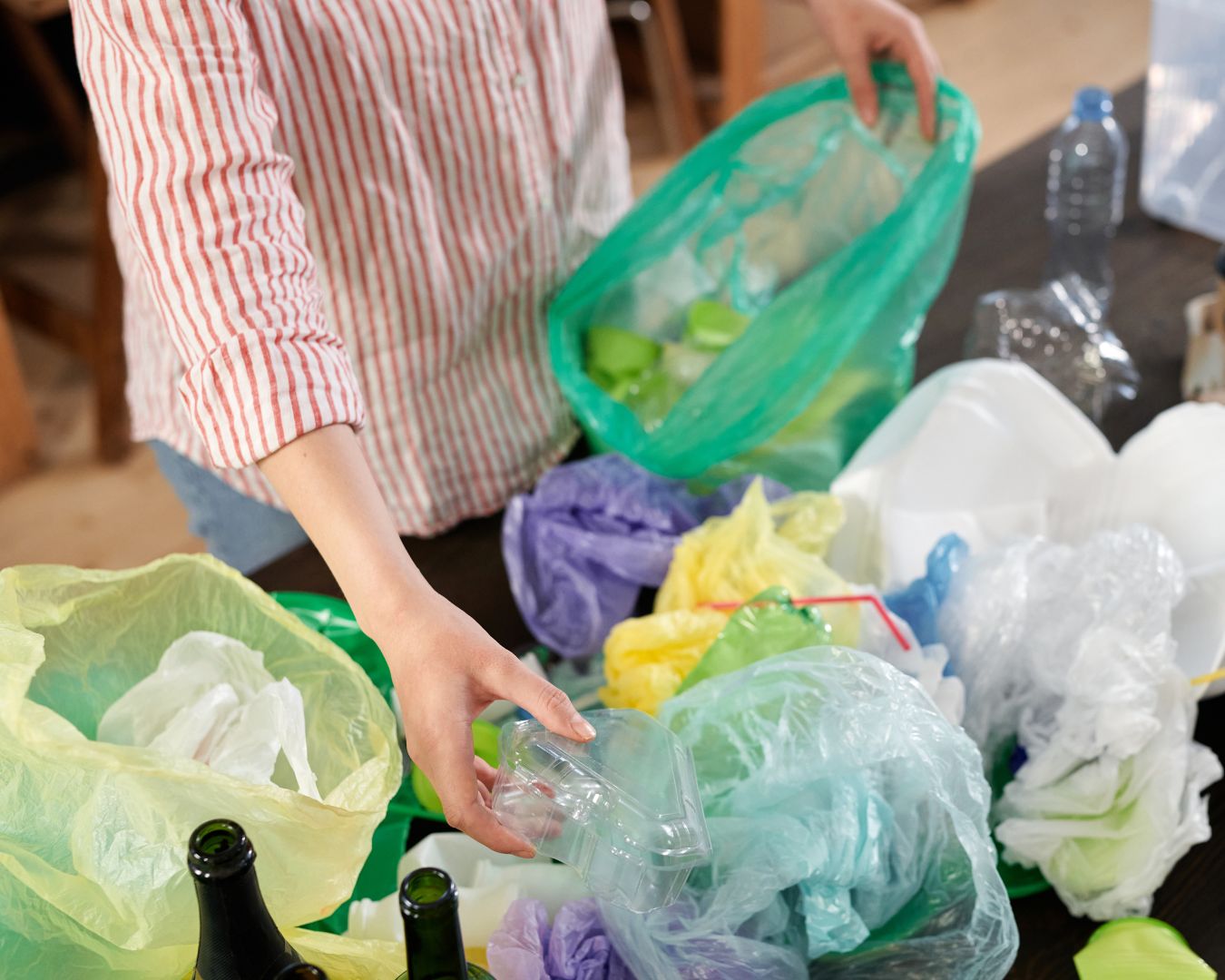How to Separate Biodegradable and Non-Biodegradable Waste in Your Kitchen
Managing kitchen waste effectively is crucial for maintaining a clean home and contributing to environmental sustainability. One of the most effective ways to do this is by separating biodegradable and non-biodegradable waste. This practice not only helps in reducing the amount of waste that ends up in landfills but also promotes recycling and composting efforts. Here’s a comprehensive guide on how to separate biodegradable and non-biodegradable waste in your kitchen.
What is Biodegradable Waste?
Biodegradable waste consists of organic materials that can be broken down by microorganisms into natural elements. This type of waste includes:
- Food scraps (vegetable peels, fruit cores, coffee grounds)
- Paper products (napkins, paper towels)
- Yard waste (leaves, grass clippings)
- Other organic materials (egg shells, tea bags)

What is Non-Biodegradable Waste?
Non-biodegradable waste consists of materials that do not break down easily and can persist in the environment for a long time. This type of waste includes:
- Plastics (bottles, packaging)
- Metals (cans, foil)
- Glass (bottles, jars)
- Synthetic materials (styrofoam, certain fabrics)
Steps to Separate Biodegradable and Non-Biodegradable Waste
1. Set Up Separate Bins
Biodegradable Waste Bin:
- Choose a bin with a lid to contain odors.
- Line it with compostable bags to make disposal easier.
- Place it in a convenient location, such as under the sink or on the kitchen counter.
Non-Biodegradable Waste Bin:
- Use a sturdy bin for non-biodegradable waste.
- Line it with regular trash bags for easy disposal.
- Place it near the biodegradable bin for easy sorting.
2. Educate Your Household
- Label the Bins: Clearly label each bin to avoid confusion.
- Provide Guidelines: Educate family members about what items go into each bin. Create a simple chart listing common items and their proper bin.
- Encourage Participation: Make it a family effort to separate waste. Explain the environmental benefits to encourage participation.

3. Composting Biodegradable Waste
- Indoor Compost Bin: If you have limited outdoor space, use an indoor compost bin. These are designed to contain odors and make composting easy.
- Outdoor Compost Pile: For those with outdoor space, create a compost pile or use a compost bin. Add kitchen scraps and yard waste, turning the pile regularly to speed up decomposition.
- Municipal Composting Programs: Check if your community offers composting programs. Many cities provide compost bins and regular pick-up services.
4. Recycling Non-Biodegradable Waste
- Check Local Recycling Guidelines: Different areas have different recycling rules. Check with your local waste management to know what can be recycled.
- Clean and Sort: Rinse out containers and sort recyclables according to your local guidelines. This helps prevent contamination and ensures materials are properly recycled.
- Special Recycling Programs: Some items, like electronics or hazardous materials, require special disposal methods. Look for local programs that accept these items.
Benefits of Separating Waste
- Reduces Landfill Waste: Separating biodegradable and non-biodegradable waste reduces the amount of trash that ends up in landfills.
- Promotes Recycling: Properly sorting waste ensures that recyclable materials are processed and reused.
- Supports Composting: Separating organic waste allows for composting, which enriches soil and reduces the need for chemical fertilizers.
- Environmental Impact: Reducing landfill waste and promoting recycling and composting helps conserve resources and reduce greenhouse gas emissions.
Separating biodegradable and non-biodegradable waste in your kitchen is a simple yet effective way to contribute to environmental sustainability. By setting up separate bins, educating your household, and participating in composting and recycling programs, you can significantly reduce your kitchen waste’s impact on the environment. Start implementing these practices today and take a step towards a cleaner, greener future.

